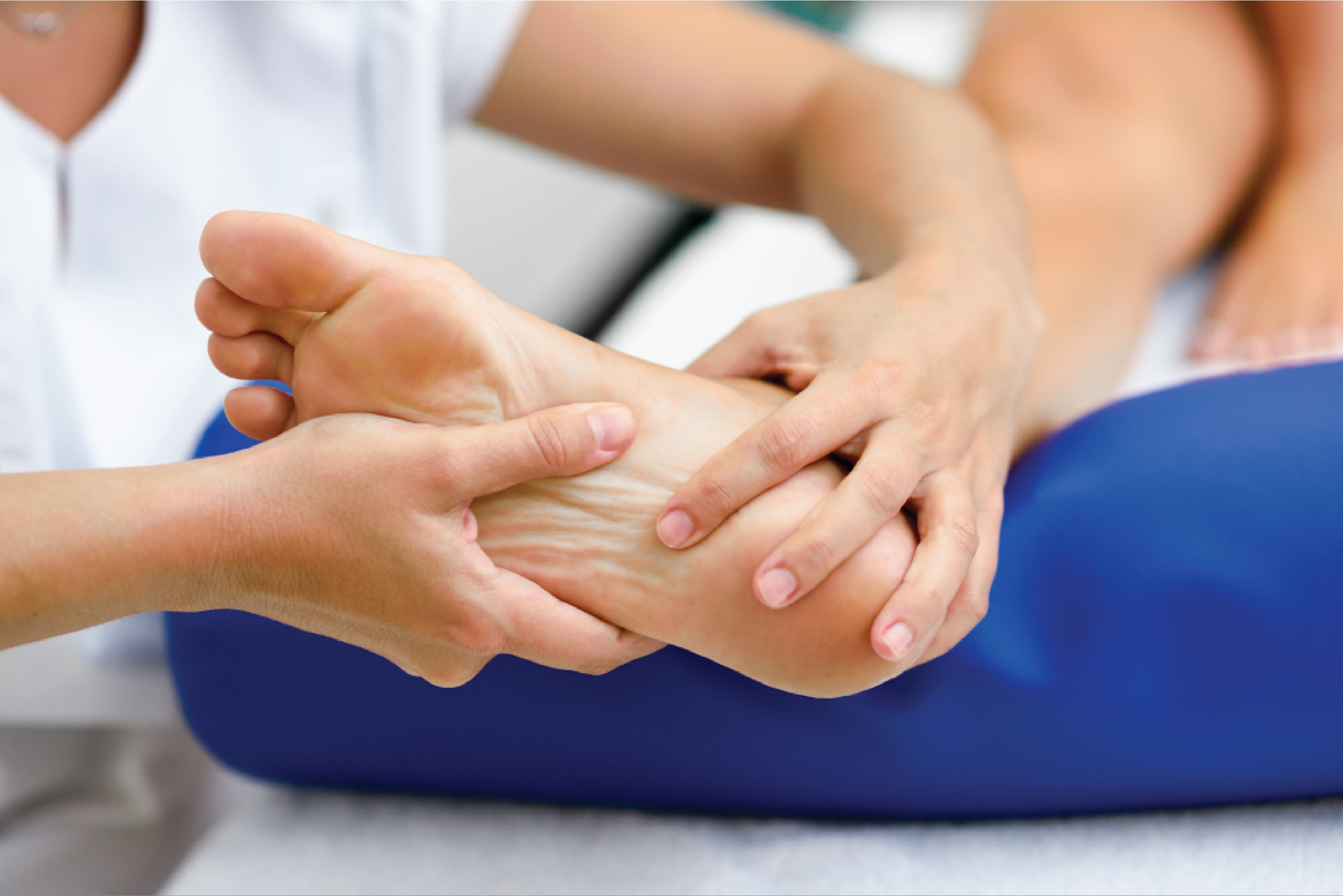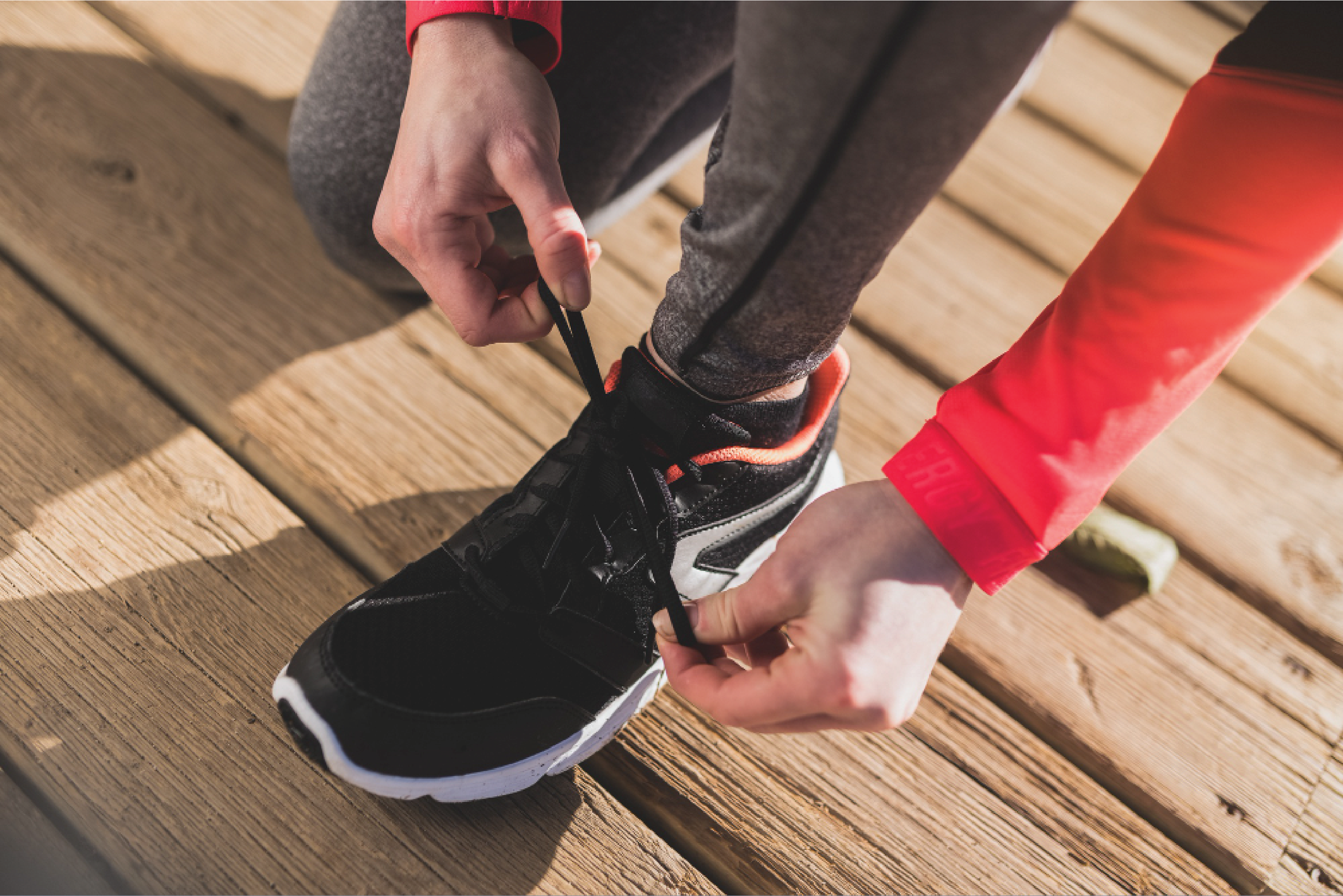Foot Care Tips for Diabetics
2025-07-19 When you have diabetes, staying vigilant in many areas of your health is necessary. Your feet are not exempt. Foot problems with diabetes are more prevalent than you may think, and when foot problems are not properly managed, serious complications can occur, such as diabetic foot ulcers and infections. Because of this, diabetic foot care is part of preserving mobility and quality of life. This blog will outline important foot care tips for diabetics, including how to care for your feet at home, what signs and symptoms to monitor, and how to choose the best diabetes shoes. Individuals with diabetes have a greater chance of experiencing foot problems related to diabetes-related neuropathy, which is the nerve damage caused by diabetes. Nerve damage impacts feelings, particularly in the feet, leading to numbness, tingling, or complete loss of feeling, indicating an injury or issue. Diabetes also decreases blood circulation, which stops the healing process and increases the chance of an infection. Without noticing small cuts or blisters, a diabetic patient can quickly develop a diabetic foot ulcer. Untreated foot ulcers often require hospitalization or lead to foot removal. Here are some foot issues that diabetics are prone to: Dry, cracked skin Corns and calluses Blisters Fungal infections Foot ulcers Ingrown toenails Nerve damage (neuropathy) Poor blood circulation An old saying goes: An ounce of prevention is worth a pound of cure. The following are a few things you can do to keep your feet healthy and happy: 1. Check your feet every day. Use a mirror or ask for help from someone who can tell you if there are cuts, redness, swelling, blisters, or issues with the toenails. A small issue can quickly become serious. 2. Wash and moisturize your feet every day. Wash your feet each day, using lukewarm water and mild soap. Pay attention to thoroughly drying all areas of your feet, especially between your toes. Use a foot moisturizer after each shower to prevent dry and cracked skin on your feet. Do not use lotion between your toes, as moisture can foster the growth of fungus. 3. Cut your toenails carefully. Cut your toenails straight across and file the corners. Do not trim nails too short, and do not cut the edges that can create ingrown toenails. 4. Wear shoes that fit properly. Invest in specialist diabetes shoes that offer excellent support, cushioning, and room for your toes. Do not walk barefoot, even at home. Don’t expose your feet to hot water, heating pads, or cold surfaces. Always check the water temperature with your hand or elbow before stepping in. Keep your feet elevated when sitting, wiggle your toes and move your ankles throughout the day, and avoid sitting with crossed legs for extended periods. Creating a consistent at-home foot care routine can significantly reduce the risk of complications. Here’s a simple checklist: Daily foot inspection Gentle washing and drying Moisturizing (avoiding between the toes) Wearing clean, dry socks Using custom orthotics or diabetes shoes if recommended Avoiding tight shoes or high heels Seek immediate medical attention if you notice any of the following: Persistent sores or diabetic foot ulcers Swelling, redness, or warmth in one area Ingrown toenails or fungal infections Signs of diabetic neuropathy, like burning or numbness Wounds that don’t heal Regular checkups with a podiatrist (foot doctor) can help detect and treat problems early. Before complications develop, diabetes often gives subtle warnings. Recognizing these early signs can help prevent ulcers or infections: Numbness or tingling – a result of diabetic neuropathy, where nerves lose sensitivity. Burning or sharp pain – another sign of nerve damage. Skin changes – unusual dryness, discoloration, or shiny skin may indicate circulation issues. Slow healing wounds – even small cuts or blisters may take much longer to heal. Swelling – persistent puffiness in feet or ankles may indicate infection or poor circulation. Diabetes-friendly footwear is not just about comfort; it’s about protection and prevention. Wide toe box – prevents crowding and reduces the risk of ingrown toenails. Cushioning and arch support – reduces pressure points and protects delicate skin. Seamless interiors – avoid friction that can lead to blisters or ulcers. Breathable material – prevents moisture buildup and fungal infections. Good foot care begins with managing blood sugar and overall health: Blood sugar control – high glucose slows wound healing and increases infection risk. Exercise – improves blood circulation in the legs and feet, keeping tissues healthy. Balanced diet – foods rich in vitamins C, E, and omega-3s support skin and nerve health. Hydration – helps keep skin soft and reduces the risk of cracks and dryness. Also Read: Healthy Diet for Diabetes: What to Eat & Avoid “Walking barefoot indoors is safe” → False. Even small splinters or bumps can cause infections when unnoticed. “If there’s no pain, there’s no problem” → False. Neuropathy often masks pain, so damage may be hidden. “Any shoes will work” → False. Regular shoes may create pressure points that cause ulcers; diabetic shoes are designed to prevent this. Conclusion Providing good foot care for diabetics goes beyond comfort; the goal is to avoid serious health problems. We can avoid the most common foot problems in diabetes if we remain proactive every day. You can live a happy and active life. Take care of your feet today, and take care of your future. Stay safe, stay alert, and don't ignore the little things; they are important too!Why Diabetics Need Special Foot Care

Common Foot Problems in Diabetes
How to Prevent Diabetic Foot Problems

5. Protect Your Feet from Temperature Extremes
6. Improve Circulation
Foot Care for Diabetics at Home

When to See a Doctor
Early Signs of Diabetic Foot Problems
Choosing the Right Diabetes Shoes

👉 Tip: Always buy shoes later in the day when feet are slightly swollen, to ensure proper fit.Role of Diet and Lifestyle in Foot Health
Myths About Diabetic Foot Care
.png)















